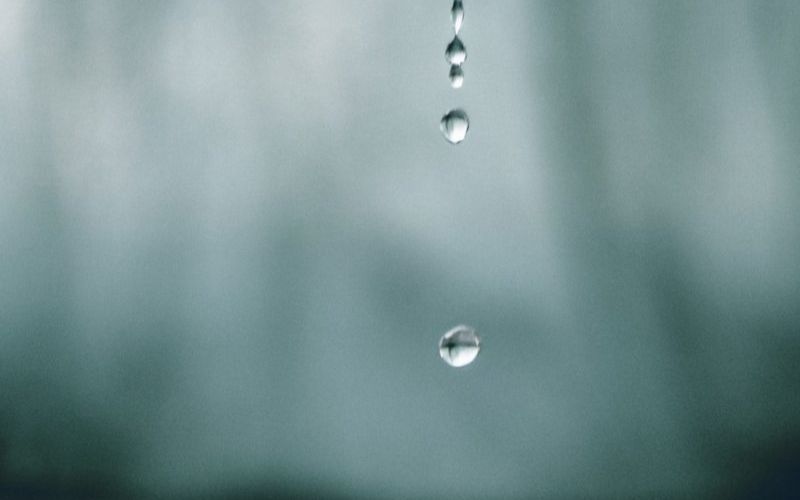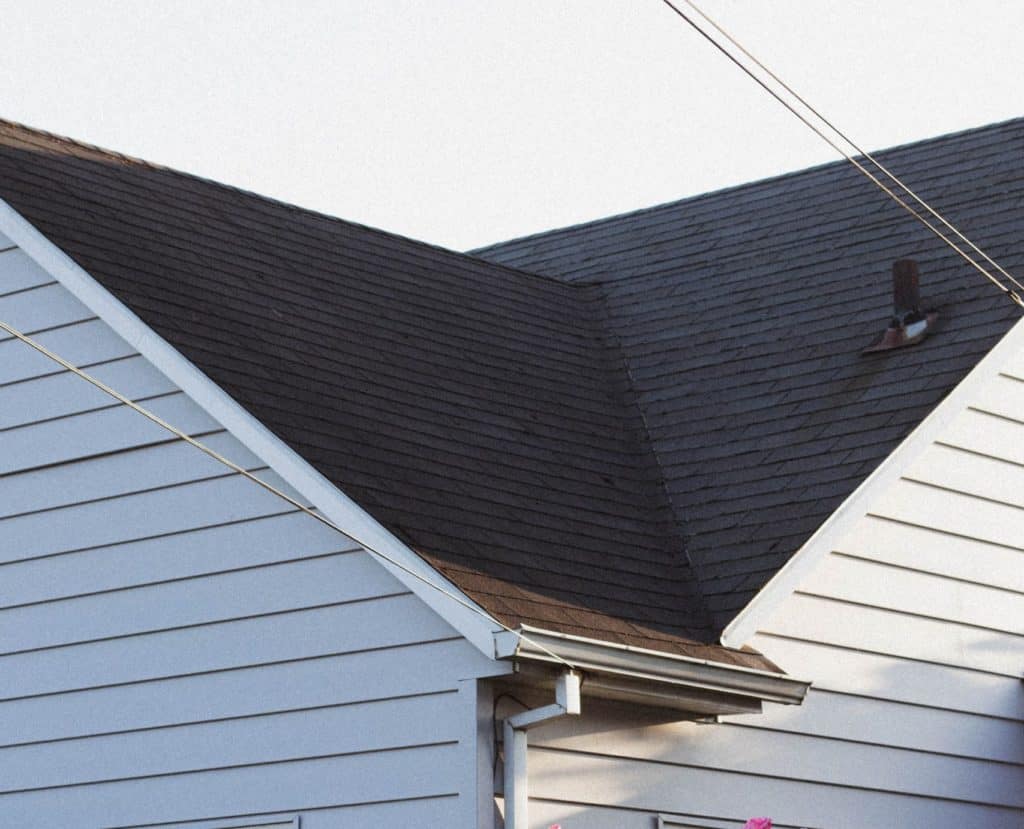
How to Find a Roof Leak
Discover the signs of a roof leak to determine if your roof needs to be inspected and repaired.
No homeowner wants to discover a roof leak, and it's even more stressful when you don't know where it's coming from. Don't wait for the next rainy day to figure it out — our roofing contractor in New Jersey is sharing tips on how to find a roof leak, and what steps to take next.

Signs of a Roof Leak
If you're not sure if you have a leaky roof or if water is coming from some other source, look for these signs:
- Yellow, gray, or brown stains on the ceiling or wall;
- Mold spots, musty or mildew odors;
- Sagging ceilings;
- Bulging areas on interior walls;
- Water damage on siding or around the windows or doors;
- Missing shingles or roofing shingles that are cracked, curled, or buckled.
Ruling Out an Interior Leak
If you spot water damage or see water dripping, don't call a roofing company immediately. First, rule out that it's not coming from an interior issue. Check around plumbing, your HVAC unit, and your water heater to determine if the leak is originating from there.
How to Find a Roof Leak
Once you've narrowed down that you have a leaking roof, it's time to find where it is. Often, the damaged area is not directly above where the water is entering because the water often soaks through insulation, runs along pipes or rafters, and drips out somewhere else. Pinpointing where the roof leak is instead of assuming, can make the roof repair faster, easier, and more effective.
Investigate Your Attic
The first step is to get a bright flashlight and head up to the attic. If you don't have flooring, step from joist to joist, taking care to avoid stepping between them as you may accidentally damage the ceiling of the room below you.
Use your flashlight to search along the attic floor and ceiling, looking for water damage such as mold growth, water stains, warping, or even rot on the rafters or roof sheathing. Be sure to take special care to look for any roof penetrations, such as a falling tree branch. If you don't see any obvious signs, be sure to check around chimneys, roof vents, and where the attic meets the exterior walls as that's where roof leaks are more likely to originate.
If you see wet insulation, the water may have saturated and run through the material. Make sure you're wearing proper protective gear including goggles and gloves, remove the wet insulation, and follow any water damage to the source of the leak.
Check the Roof
If you don't see where the roof leak is coming from while you're in the attic, or you don't have attic access in your home, you'll want to go up onto the roof. Pay close attention to the area around vents, chimneys, and where the roof meets an exterior wall, as many roof leaks occur in this area where the flashing has failed, worn out plumbing vent boots, or the sealant has worn or cracked. These create gaps that allow small leaks to occur and let moisture into the home.
If it's not flashing or sealant, the roof leak may be caused by damaged shingles. You'll want to go along the entire roof, looking for common roof issues including:
- Cracked, curling, or buckled shingles
- Missing nails or exposed nails
- Areas where shingles are loose or missing
- Roof valleys where debris collects or shaded areas where moss may have grown. This traps moisture instead of allowing it to run off the roof, allowing leaks to occur.
Areas where the gutters are leaking, cracked, or loose, causing water to back up under the eaves.
Grab a Garden Hose
Still no luck? It's time to grab a friend and a garden hose and start making it rain. Have your friend or helper stay inside the house near where you noticed the roof leak or where there are water stains. While they're inside, go up and begin soaking the roof, working in small sections, spending several minutes in each area to give time for the water to penetrate.
If your helper sees where water is dripping or has a general idea but is not exactly sure where the water is coming from, you can pull up a few shingles to look for rotting wood or water stains as a clear sign of where a roof repair is needed.
DIY Roof Leak Repair
Once you know how to find a roof leak and you know where the leak is, you can choose to do the roof repair yourself. An emergency roof leak will be treated differently, but some simple roof repairs include:
Replacing Damaged Shingles
If there are only a few damaged shingles, you can remove the damaged ones, scrape up any roofing cement with a putty knife, lay down fresh cement, and nail it back in place. If the area is large, nail down a tarp or plastic sheeting and contact a roofing contractor to ensure the work is done properly.
Add Sealant Around Chimneys Vents, and Skylights
If the roof leak is around the chimney, window edges near the roof, or vents, apply new caulk or roof cement around the flashing.
Replace or Repair the Vent Boot
Replace the screws on the vent boot with screws that have rubber washers to prevent water from leaking in around them. If the rubber boot is worn or cracked, visit the hardware store to purchase a new one and install it.
Choosing Professional Roof Repairs
Most roof repairs require more than a simple DIY fix and should be done by an experienced roofing company to ensure the work is done correctly and up to code. You definitely want a licensed roofing contractor for the following problems:
- Damaged vents
- Failing or leaking flashing
- Multiple or large areas where removing shingles is required
- Rotted framing or roof decking.
- A complete roof replacement
A professional roofer can also provide a roof inspection to determine if the leak is a small area where the roof is overall in good shape or if they see other concerns that should be addressed. If the roof is over a certain age, they may also recommend a full roof replacement. They could have additional tips on how to find a roof leak.
Schedule a Free Estimate for Roof Repairs Today
Don't let a leaky roof go ignored or untreated. Give us a call for permanent repairs you can rely on to hold up against extreme weather and harsh conditions. We proudly offer residential roofing services in the following New Jersey Counties: Bergen, Morris, Passaic, Middlesex, Essex, Hudson, Somerset, Monmouth, Ocean, and Union. To learn more, call us at (201) 773-0633 or fill out the form below to get a free estimate.
Request a Free Estimate
Simply fill out this form for a Free Estimate.
"*" indicates required fields
